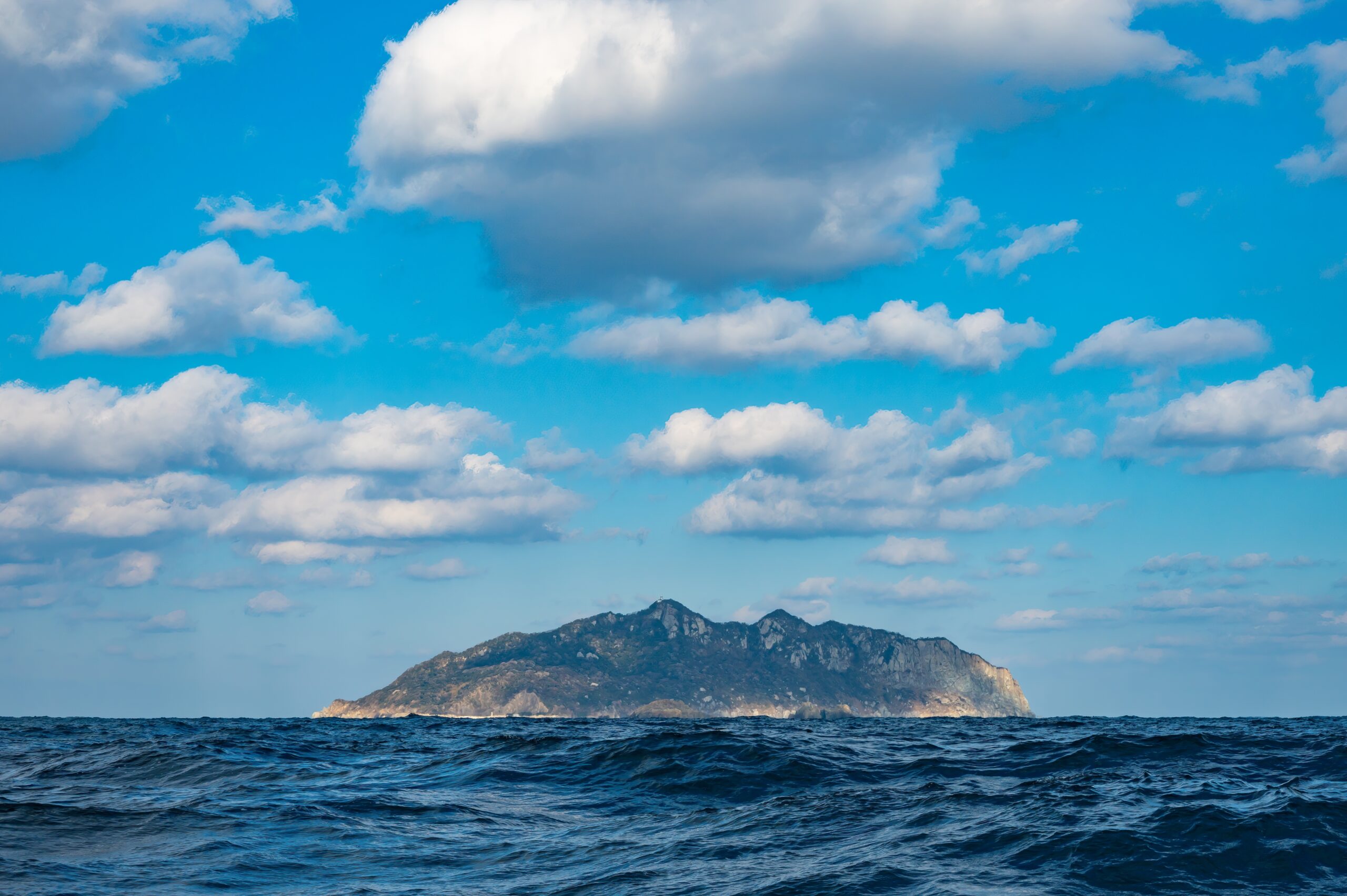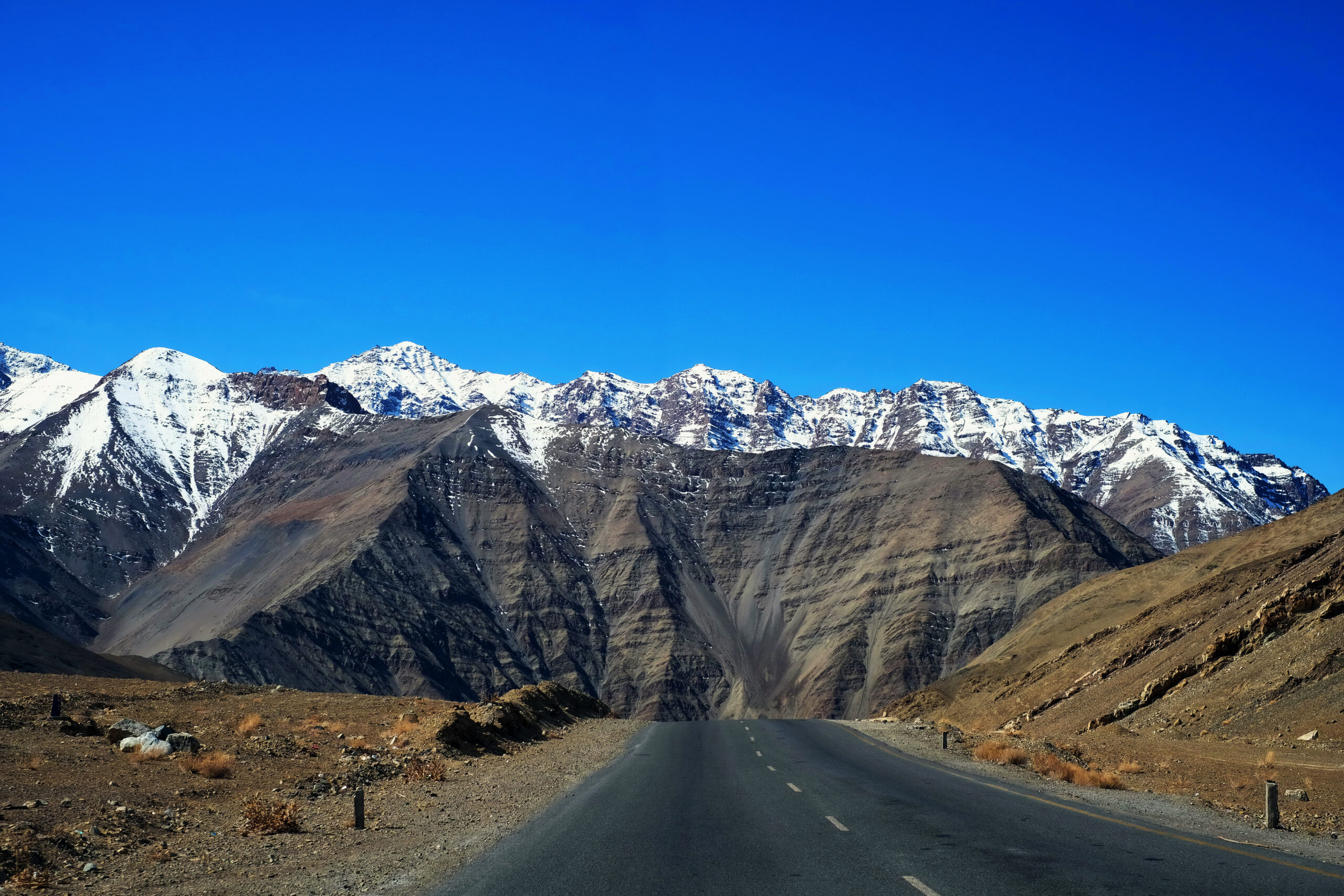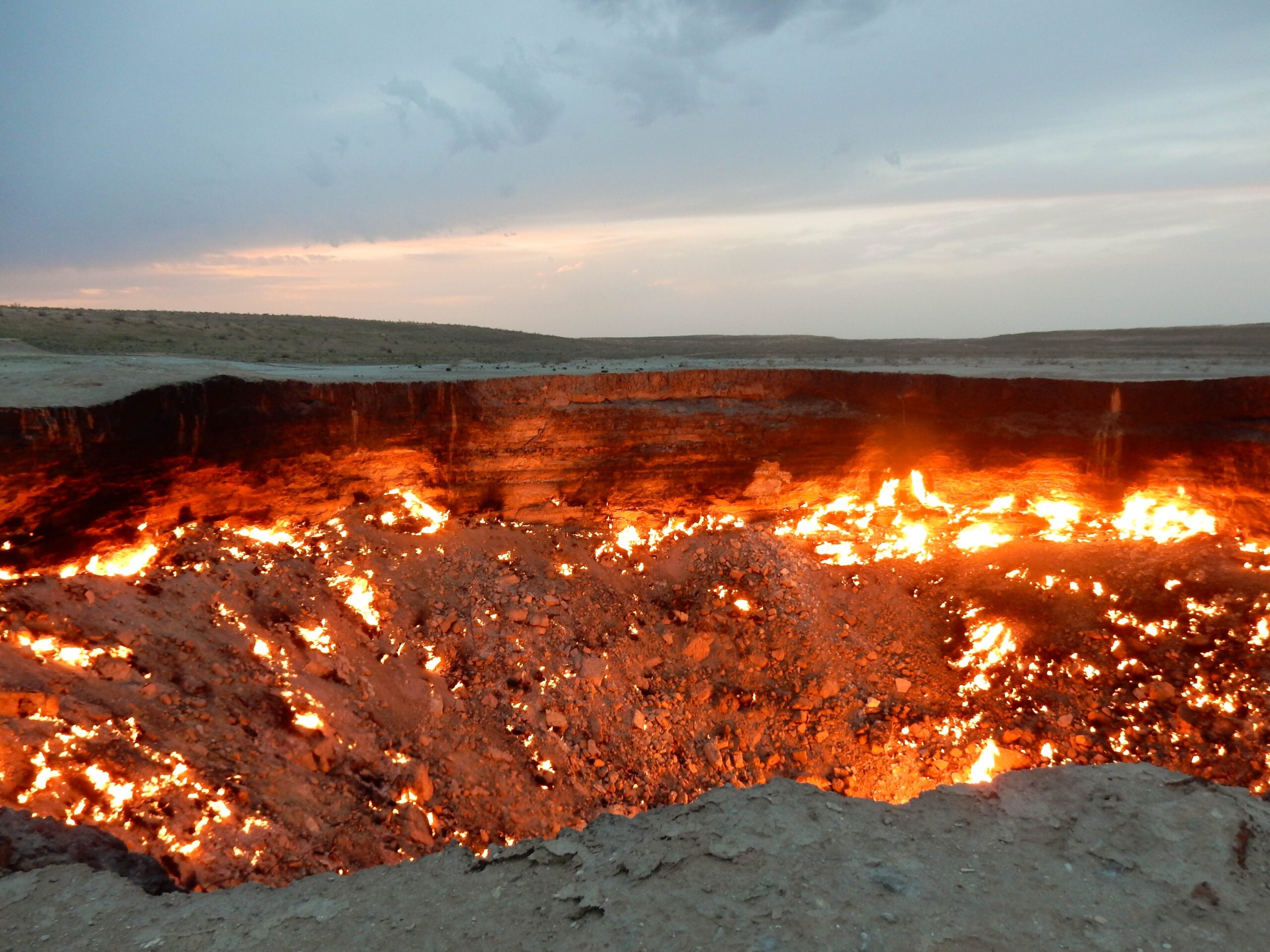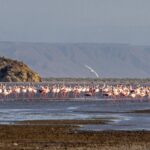The Darvaza gas crater in Turkmenistan.
In the heart of the Turkmenistan desert, a fiery pit blazes day and night, casting an eerie orange glow across the barren landscape. Known as the Door to Hell, this massive crater has been burning continuously for over 50 years, attracting scientists, daredevils, and curious travellers alike. But how did it start? Why hasn’t it gone out? And what does it tell us about our relationship with the Earth’s subterranean forces? This article delves into the origins, science, folklore, and surreal reality of one of the world’s most dramatic—and enduring—accidental infernos.
Outline
- Introduction
- Where Is the Door to Hell?
- The Birth of the Crater: Science Meets Mistake
- What Keeps It Burning?
- Myths, Legends, and Local Lore
- Visiting the Door to Hell
- Environmental Impact and Controversy
- Attempts to Extinguish the Crater
- Why It Still Matters Today
- Final Thoughts
Introduction
The Earth hides many secrets, but every now and then, one bursts to the surface in spectacular fashion. Deep in the Karakum Desert, a fiery abyss gapes open—roaring with flames, heat, and a backstory that feels like something from a dystopian novel.
Nicknamed The Door to Hell, this constantly burning crater is more than a tourist attraction—it’s a symbol of human error, natural force, and geological curiosity.
Where Is the Door to Hell?
- Location: Karakum Desert, near the village of Derweze, Turkmenistan
- Coordinates: 40°15′10″N 58°26′22″E
- Size: Approx. 70 metres wide and 30 metres deep
- Temperature: The pit radiates intense heat, with flames reaching several metres high
Set in one of the most inhospitable and remote deserts in Central Asia, it’s an unlikely hotspot for global intrigue—yet it burns like a beacon in the dark.
The Birth of the Crater: Science Meets Mistake
The origin story of the Door to Hell is rooted in Soviet-era geology—and a serious miscalculation.
The official version goes like this:
In 1971, Soviet geologists were drilling in search of natural gas reserves. The land beneath their rig collapsed unexpectedly, forming a massive sinkhole. Fearing that methane and other toxic gases might escape and harm local wildlife or nearby communities, the scientists decided to set it alight, assuming it would burn itself out within a few days.
Spoiler alert: it didn’t.
Five decades later, the fire still rages.
What Keeps It Burning?
The flames are fuelled by rich underground natural gas deposits, primarily methane, which continues to seep into the crater from porous rock formations below.
Why hasn’t it stopped?
- The underground gas supply is larger than expected
- The rock layers are fractured, allowing continuous seepage
- There has been no successful effort to cap or seal the site
In essence, it’s a natural gas pocket gone rogue—an unplanned, unstoppable fire pit in the middle of the desert.
Myths, Legends, and Local Lore
While the scientific story is compelling, the visual impact of the crater has given rise to all sorts of folklore and myth.
Common stories include:
- It’s a gateway to the underworld
- The flames are eternal punishment for mining the Earth’s secrets
- Locals claim to hear sounds or see strange creatures near the pit at night
Though exaggerated, these stories reflect a deep cultural respect for fire and land in Turkmenistan and surrounding regions.
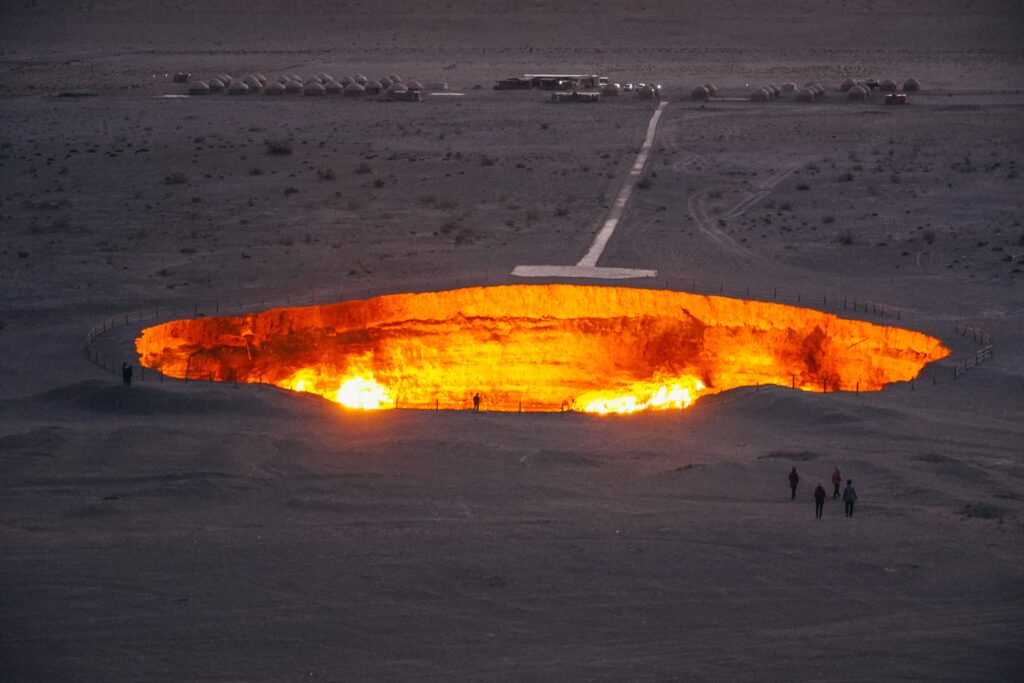
Visiting the Door to Hell
Despite its remote location, the Door to Hell has become Turkmenistan’s most famous tourist attraction.
Getting there:
- Nearest city: Ashgabat (approx. 260 km away)
- Access: 4×4 vehicle, best with a local guide
- Best time to visit: Evening or night, when the flames are most dramatic
Visitors can camp nearby, gaze into the crater under the stars, and witness one of Earth’s most surreal spectacles. Just don’t expect Wi-Fi—or to stand too close. The heat is intense, and the crater’s edge is unstable.
Environmental Impact and Controversy
Though mesmerising, the Door to Hell is not without consequences.
Environmental concerns include:
- Continuous release of greenhouse gases, especially methane and carbon dioxide
- Disturbance of the desert’s delicate ecosystem
- Symbolic of the risks involved in unregulated drilling
Some environmentalists see it as a burning reminder of fossil fuel dependency and short-sighted industrial planning.
Attempts to Extinguish the Crater
Over the years, various efforts have been proposed to extinguish or cap the fire:
- 1990s–2000s: Sporadic attempts to fill or seal the crater—none successful
- 2010: Turkmen President Gurbanguly Berdimuhamedow ordered the crater to be sealed
- 2022: A renewed call to finally extinguish the flames, citing environmental and economic concerns
So far, the crater continues to burn, largely because sealing it is incredibly difficult and costly, and ironically—it has also become a source of national identity and tourism revenue.
Why It Still Matters Today
The Door to Hell is more than a strange curiosity—it’s a living lesson.
What it represents:
- Unintended consequences of human interference with nature
- The power and persistence of Earth’s geological forces
- A global conversation about energy use, environmental risk, and the unknowns beneath our feet
It’s a burning monument to both scientific ambition and the limits of human control.
Final Thoughts
Some places on Earth feel like they shouldn’t exist. The Door to Hell is one of them—a roaring, accidental furnace in the middle of nowhere, lighting the night with fire that refuses to die.
Whether you see it as a cautionary tale, a scientific wonder, or simply a bizarre bucket-list destination, the crater reminds us that the planet always has the final word—and sometimes, that word is fire.
One mistake. One match. Fifty years of flame.


